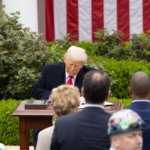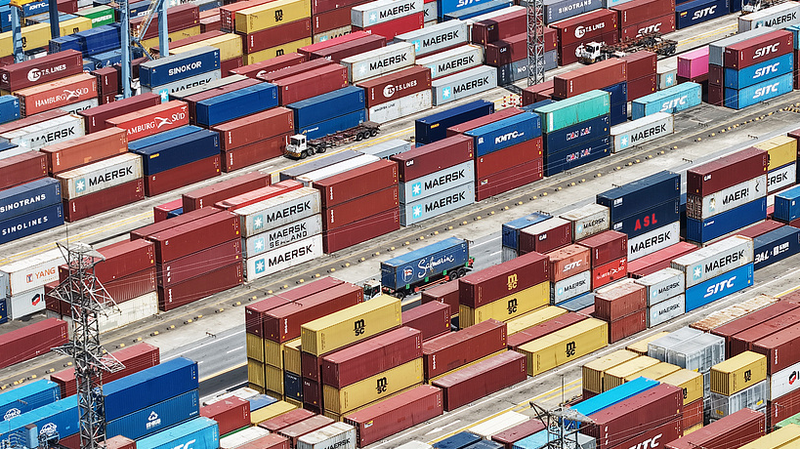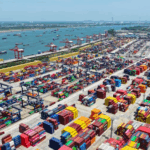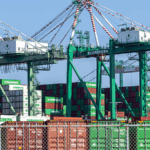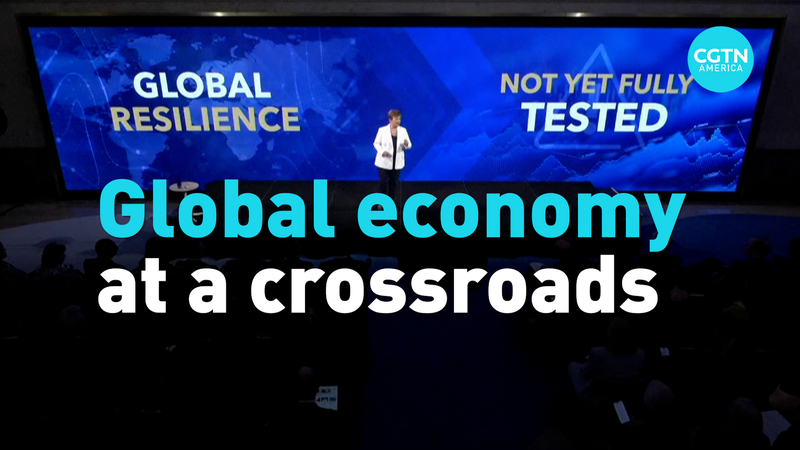Hold onto your spreadsheets! 📊 A new report from the U.S.-based Council on Foreign Relations reveals that China's economy is becoming less dependent on trade with the U.S.—a shift that could soften the blow of potential 10% tariffs on Chinese exports. 🌪️💥
Why does this matter? For years, U.S.-China trade tensions have dominated headlines, but Beijing's moves to diversify partnerships in Asia, Africa, and beyond are reshaping the game. Think of it like a breakup playlist: China’s adding more tracks (markets) to its roster. 🎶
Analysts highlight that while tariffs could still sting, the reduced reliance means Chinese businesses won’t feel the pinch as sharply. Case in point: Trade with ASEAN countries has grown faster than with the U.S. over the past decade. 📈 Southeast Asia’s rise as a manufacturing hub? That’s no coincidence.
For young professionals tracking global markets: This pivot signals opportunities (and risks) in emerging supply chains. Meanwhile, students and diaspora communities might see echoes of China’s Belt and Road Initiative at play—a long-term strategy to build economic resilience. 🛣️
Bottom line? The world’s economic map is redrawing itself. 🗺️ And for travelers and culture enthusiasts, this shift could mean new hotspots for innovation and investment. Stay tuned! ✨
Reference(s):
cgtn.com
